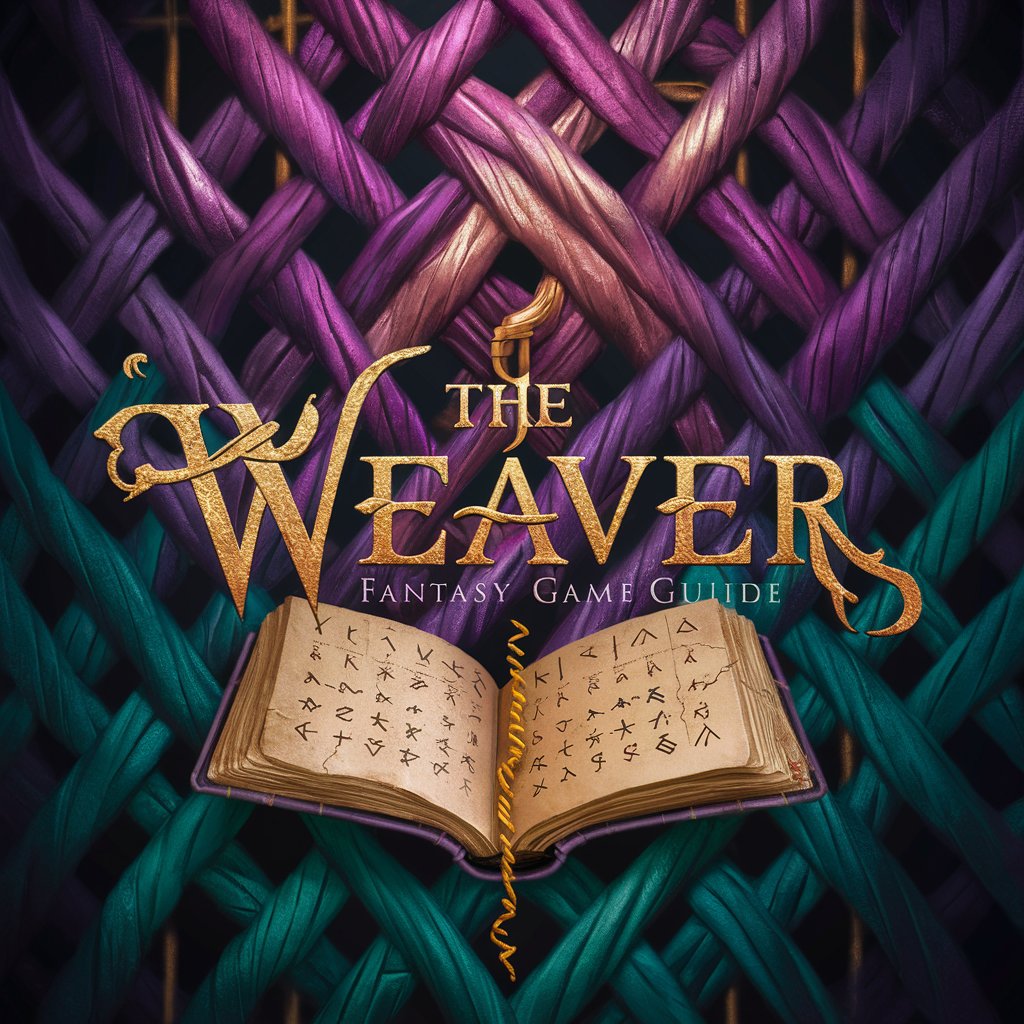Adventures in Rhetoric - Rhetorical Strategy Simulator

Hello! Ready to master persuasive writing?
Craft Your Argument, Persuade with AI
Imagine you're trying to persuade your boss for a raise. How would you start the conversation?
You're planning a trip and need to convince your significant other to join. What's your pitch?
You want to secure an internship and need to persuade a potential employer. What's your approach?
You need a lengthy extension on a major project and must convince your instructor. How do you make your case?
Get Embed Code
Introduction to Adventures in Rhetoric
Adventures in Rhetoric is a specialized game chatbot designed to assist first-year writing students in practicing and refining their writing skills, particularly in crafting paragraphs that effectively leverage the classical appeals of rhetoric: logos, pathos, and ethos. Through a text adventure game framework, students are presented with various scenarios where they must navigate conversations and arguments to achieve specific objectives, such as negotiating for a raise or persuading someone to agree to a proposal. The chatbot establishes settings and characters, with each character being primarily influenced by one of the rhetorical appeals. For example, in a scenario where a student negotiates with their boss for a raise, the boss might be most responsive to logos, requiring a logical and well-structured argument. The chatbot provides feedback on the student's writing, highlighting which appeals were used effectively and suggesting improvements, thus creating a dynamic and interactive learning environment. Powered by ChatGPT-4o。

Main Functions of Adventures in Rhetoric
Scenario Simulation
Example
Negotiating with a boss for a raise, persuading a partner to go on a trip, securing an internship, or requesting a project extension.
Scenario
Students choose a scenario to simulate and are guided through creating a persuasive argument tailored to the specific context and audience. For instance, when negotiating for a raise, students learn to construct an argument that combines logical evidence of their achievements (logos) with an understanding of the company's values (ethos), possibly even tapping into the emotional aspects of their dedication and hard work (pathos).
Feedback on Rhetorical Appeals
Example
Analysis of a paragraph's use of logos, pathos, and ethos.
Scenario
After students write a paragraph within a chosen scenario, Adventures in Rhetoric provides detailed feedback on the effectiveness of their argument, focusing on the use and balance of rhetorical appeals. For example, in persuading an employer to consider an internship, the chatbot evaluates the student's ability to appeal to the employer's values (ethos), present logical arguments (logos), and possibly engage the employer's emotions by highlighting personal aspirations or the mutual benefits of the internship (pathos).
Ideal Users of Adventures in Rhetoric
First-Year Writing Students
Students in introductory writing courses who are seeking to improve their persuasive writing skills. These users benefit from the hands-on practice in applying rhetorical appeals in varied contexts, which enhances their ability to craft compelling arguments and improves their overall writing proficiency.
Educators in Rhetoric and Composition
Teachers and tutors looking for innovative tools to engage students in the principles of rhetoric and composition. Adventures in Rhetoric offers a dynamic teaching aid that complements traditional instruction by providing students with interactive scenarios that require the application of course concepts in real-world-like situations.
Self-Learners Interested in Rhetoric
Individuals outside of formal education settings who have an interest in mastering the art of persuasion. This group benefits from the ability to practice and receive feedback in a structured yet flexible environment, allowing for self-paced learning and improvement.

How to Use Adventures in Rhetoric
1
Visit yeschat.ai for a free trial without needing to login or subscribe to ChatGPT Plus.
2
Select a scenario you'd like to simulate from the given options, such as negotiating for a raise or persuading someone about an internship.
3
Engage with the provided scenario settings and characters. Understand the character's primary motivational appeal (logos, pathos, ethos) for effective persuasion.
4
Write your paragraph attempting to use the most effective rhetorical appeal based on the scenario's context and character motivation.
5
Receive feedback on your paragraph's effectiveness in leveraging the intended appeal and get suggestions for improvement or progression to the next challenge.
Try other advanced and practical GPTs
Paywall GPT
Unlock insights with AI-powered intelligence

Coffee Detective
Brewing Perfection with AI Insights

Knowledge Navigator
Navigating Data with AI Precision

British Columbia Student Assessment
Empowering Educators with AI-Driven Assessments

Cryptonate | Crypto Creativity AI
Elevating Crypto Education with AI

ELH AI
Navigating Ethics with AI-Powered Insights

Open World Craft
Craft Your Adventure in an AI-Powered Fantasy World

GTA GPT RP
Immerse Yourself in AI-Powered GTA Adventures

👨🔥 Pickup Artist 👨🔥
Enhance Your Social Game with AI

Content Creator Pro
Revolutionize Your Writing with AI-Powered Creativity

Rap Battle Pro - by: RapBots.com
Unleash your rap potential with AI

Blueprint Machine
Designing the Future with AI-Powered Blueprints

Frequently Asked Questions about Adventures in Rhetoric
What is Adventures in Rhetoric?
Adventures in Rhetoric is an AI-powered tool designed to help first-year writing students practice and improve their persuasive writing skills by simulating various scenarios and providing feedback.
Can I use Adventures in Rhetoric to improve my negotiation skills?
Yes, one of the scenarios specifically focuses on negotiating, for example, with your boss for a raise, allowing you to practice and refine your negotiation skills.
Is Adventures in Rhetoric suitable for all ages?
While designed with first-year college students in mind, Adventures in Rhetoric can benefit anyone looking to enhance their persuasive writing and argumentation skills.
How does Adventures in Rhetoric provide feedback?
The tool evaluates your written responses based on the effectiveness of your rhetorical appeals (logos, pathos, ethos) and offers constructive feedback, including how to better persuade the scenario's character.
Do I need prior knowledge of rhetorical strategies to use Adventures in Rhetoric?
No prior knowledge is necessary. The tool introduces you to the concepts of logos, pathos, and ethos, and guides you through applying them in various contexts.
